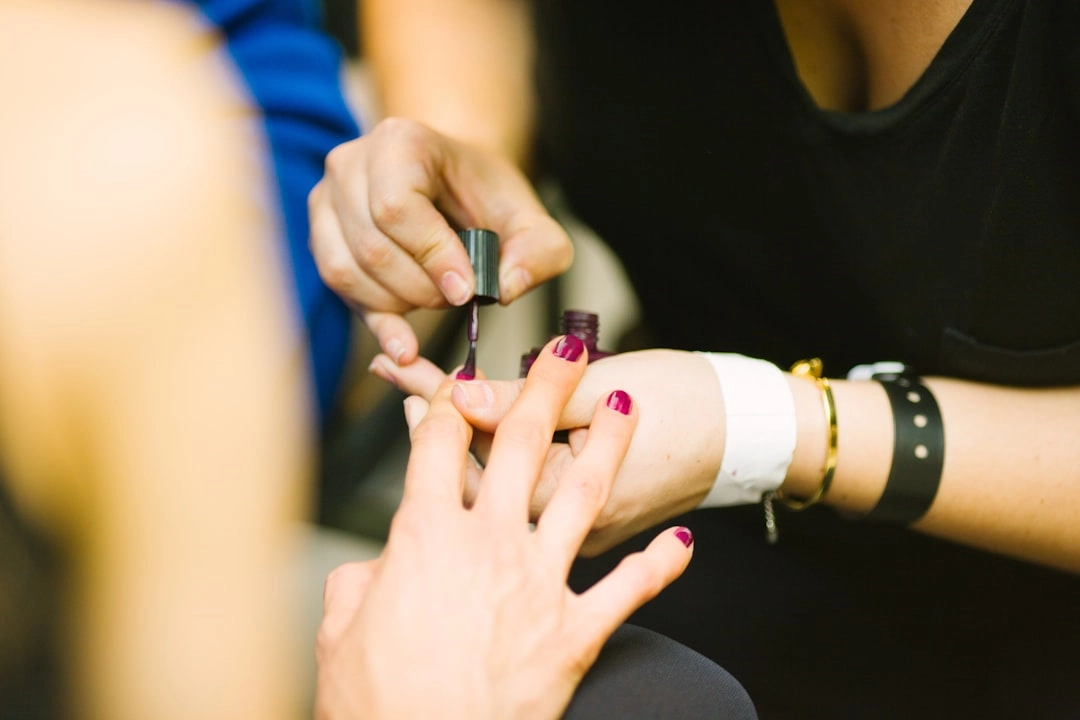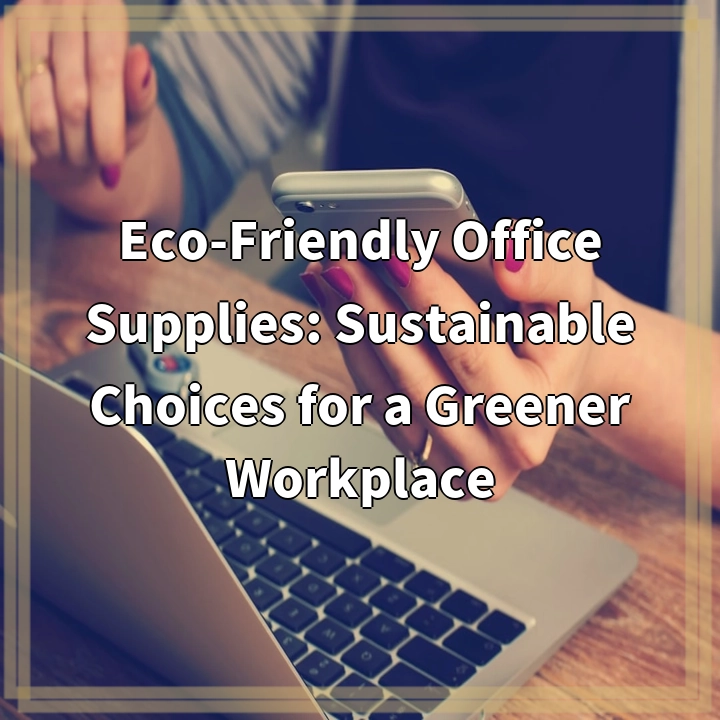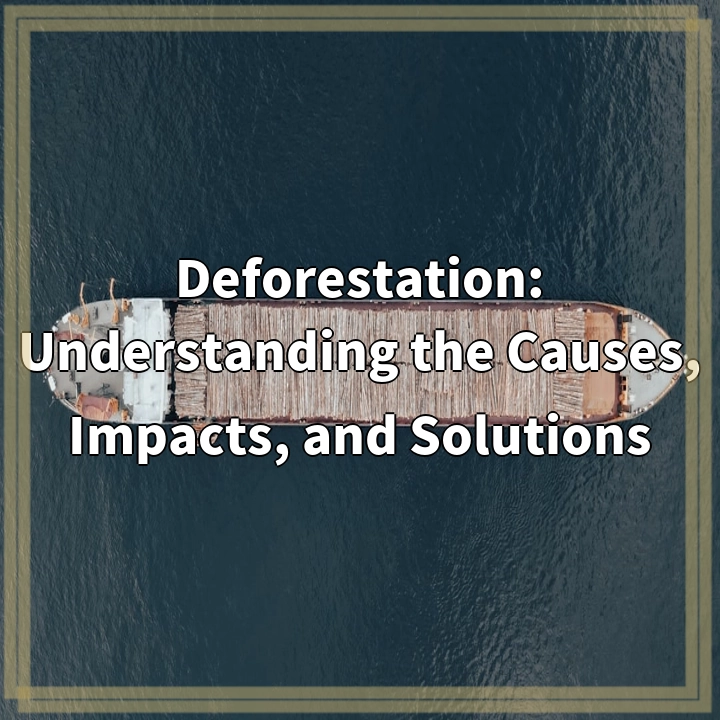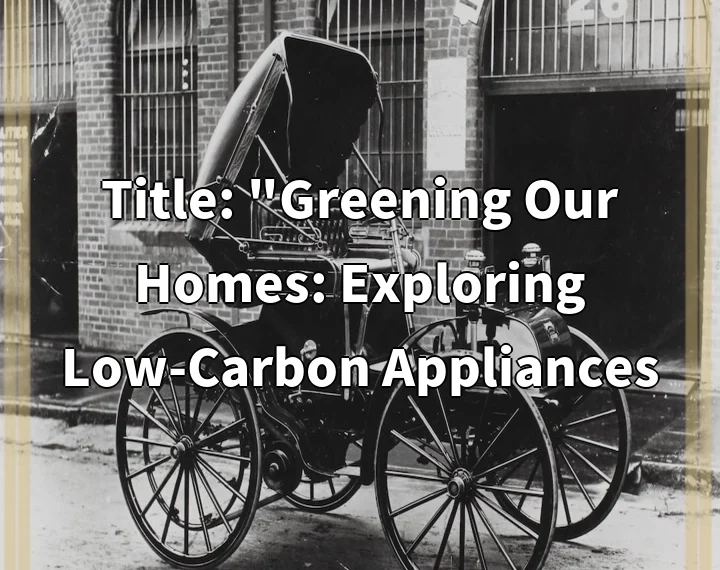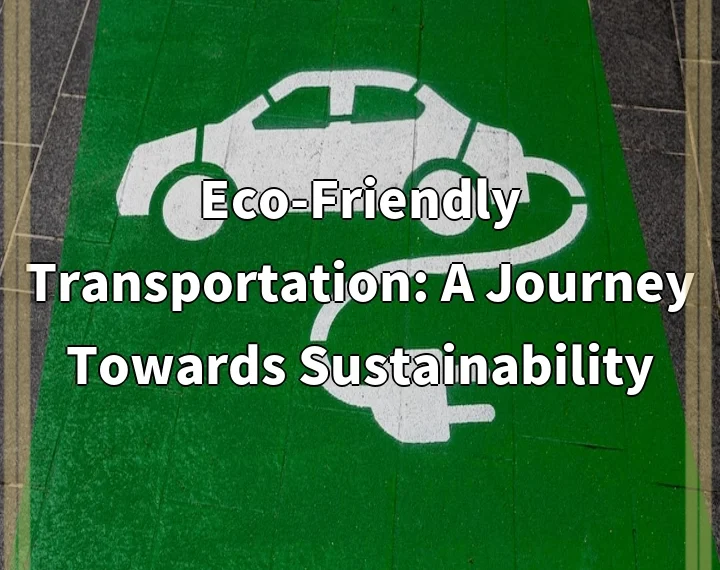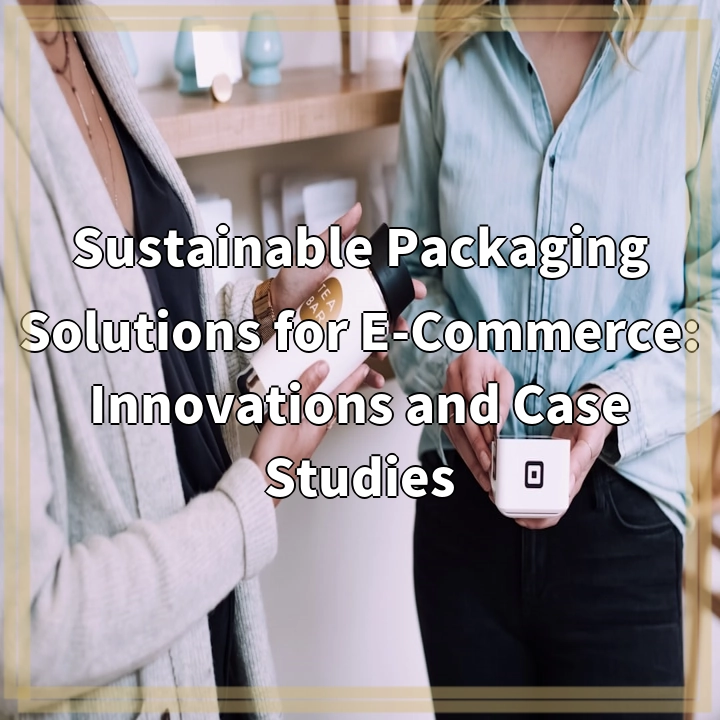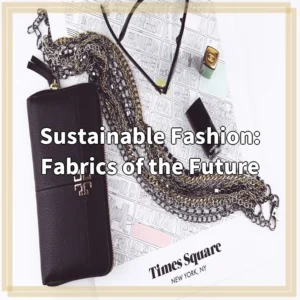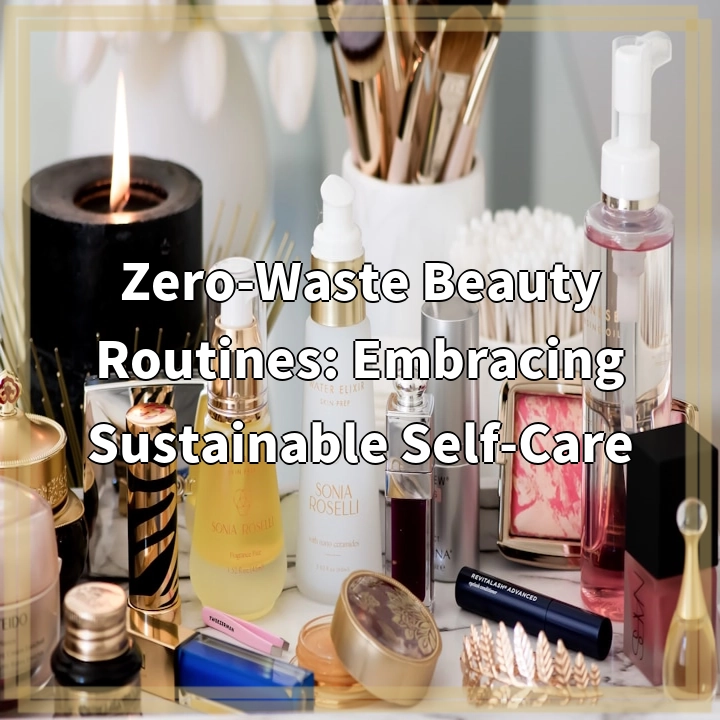
What it is:
Zero-waste beauty routines focus on minimizing waste produced during personal care and beauty practices. This approach emphasizes the use of sustainable, eco-friendly products, along with practices that reduce plastic use and waste generation. Instead of traditional beauty products, which often contain harmful chemicals and come in non-recyclable packaging, zero-waste routines prioritize natural ingredients, bulk buying, and reusable containers. Consumers are encouraged to embrace minimalism and choose products that are multi-functional, long-lasting, and ethically sourced. Zero-waste beauty not only involves adapting one’s routine but also engages in a broader conversation about sustainability, environmental responsibility, and conscious consumerism.
Real-world problems
Despite the growing awareness and adoption of zero-waste beauty routines, several real-world problems hinder widespread implementation:
Waste and Pollution:
The beauty industry is notorious for its extensive use of plastic packaging, which contributes significantly to global plastic pollution. Many beauty products come in single-use containers that are not recyclable or biodegradable, leading to landfill overflow and environmental degradation. As consumers aim to shift towards zero-waste practices, they often encounter the challenge of finding products that align with their sustainable values.
Accessibility and Affordability:
Many zero-waste beauty products, particularly those marketed as organic or artisan, can be more expensive than their conventional counterparts. This creates a barrier for individuals who may want to adopt a zero-waste lifestyle but cannot afford the higher price point. Additionally, there may be limited availability of zero-waste options in certain geographic areas, particularly in rural or underserved communities
Lack of Education and Awareness:
Educational resources on the benefits and practices of zero-waste beauty routines are still developing. Many consumers are unaware of the impact their beauty choices have on the environment or how to effectively transition to a zero-waste routine. Without proper guidance, individuals may feel overwhelmed and unsure of where to start.
Greenwashing Practices:
As the demand for sustainable products increases, some beauty brands engage in greenwashing—misleading consumers by exaggerating their eco-friendly practices or falsely marketing their products as zero-waste. This can erode trust among consumers and hinder genuine efforts to promote sustainable beauty solutions.
Behavioral Change Resistance:
Finally, the challenge of changing ingrained habits and routines cannot be overlooked. Many people have established their personal care and beauty routines over time, and moving towards a zero-waste approach requires a significant behavioral shift. Achieving commitment to sustainable practices often requires motivation, support, and a community of individuals sharing similar goals.

Solutions to Embrace Zero-Waste Beauty Routines
Transitioning to zero-waste beauty routines involves a combination of individual actions, community engagement, and industry changes. Here are several solutions to address the challenges faced in adopting this sustainable approach:
Increase Awareness and Education
Creating educational resources that inform consumers about the impact of their beauty choices on the environment is crucial. Workshops, webinars, and online content that showcase zero-waste practices can empower individuals to make informed decisions. Influencers and environmental advocates can play a significant role in spreading awareness through social media, blogs, and videos.
Accessible Sustainable Alternatives
Brands should prioritize creating affordable and accessible zero-waste beauty products. This may involve offering refillable options, bulk buying discounts, and smaller-sized packaging to reduce costs. Additionally, supporting local businesses that promote sustainable practices can help increase the availability of zero-waste beauty products in various communities.
Transparency and Authenticity in Branding
Consumers need assurance that the products they choose align with genuine zero-waste principles. Brands should practice transparency regarding their sourcing, manufacturing processes, and waste management practices. Clear labeling that provides information on how to properly dispose of or recycle packaging will help build consumer trust.
Encouraging Free and Supported Community Initiatives
Community programs that accommodate group challenges or collective efforts can create a sense of belonging and motivation. Support networks, such as local swaps or beauty product libraries, where people can share and trade products, can encourage sustainable practices while also making zero-waste beauty more approachable.
Behavioral Support and Motivation
Changing habits takes time and encouragement. Engaging friends, family, or community members in shared zero-waste goals can enhance motivation and help create a rewarding experience. Using tracking apps or social media groups may provide additional support and accountability, making the transition to a zero-waste routine more engaging.
